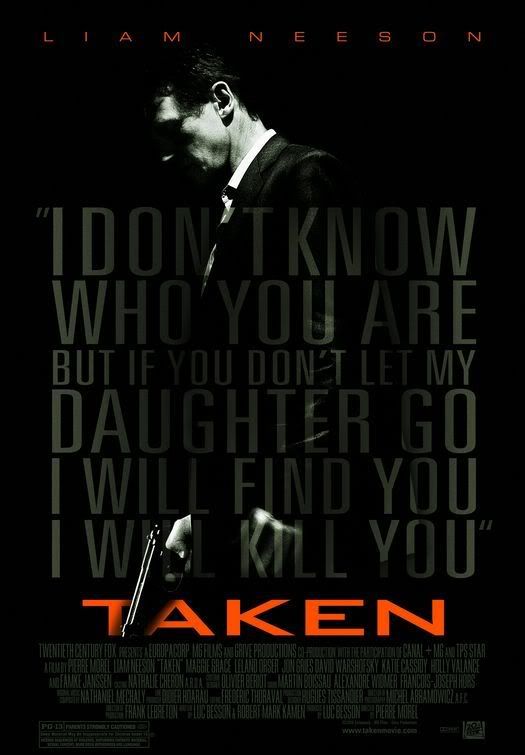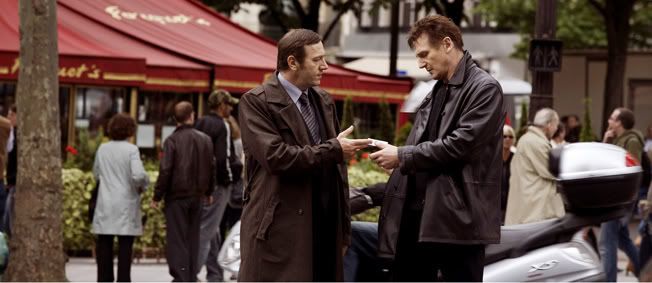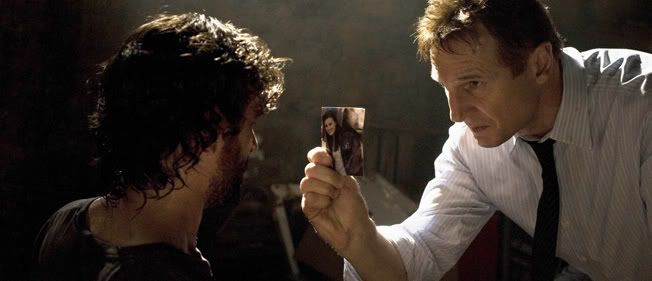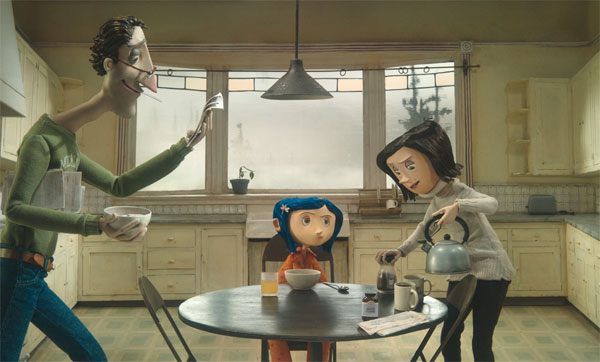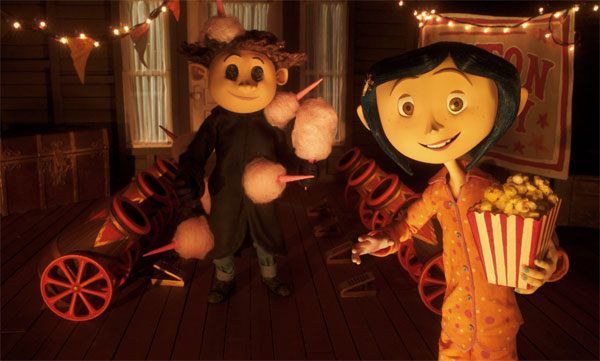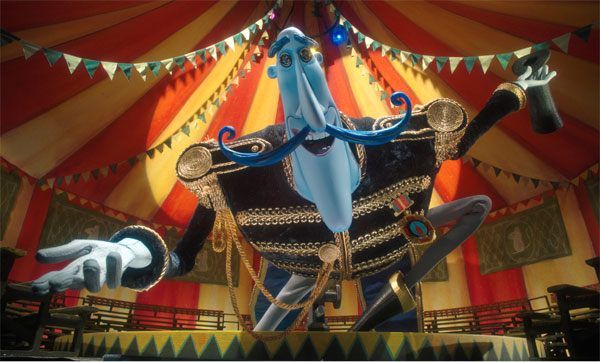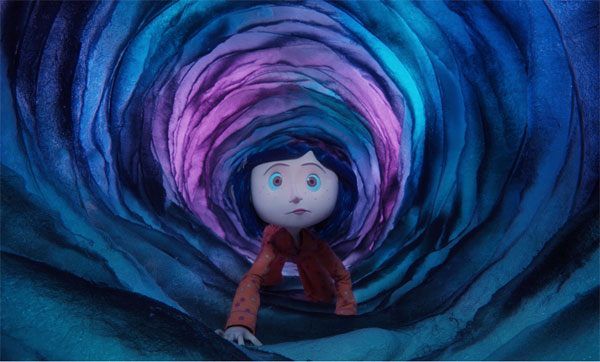
Not many films can be considered timeless. The Wizard of Oz is often considered timeless, as are films such as Raiders of the Lost Ark or Casablanca. These are all films that have not only stood the test of time as great works of art and entertainment, but films that also seem to transcend the time period in which they were made; Raiders was made in the 80s, but it certainly doesn’t feel like an 80s film, and it would probably shock a good portion of the population to learn that this year is the 70th anniversary of The Wizard of Oz. With this, the start of the Disney Animation Marathon, I believe that I have found the single most timeless film ever made. Snow White and the Seven Dwarfs is a work of imagination as well as artistic and technical achievement that is still impressive today; the themes and storytelling are so simple and iconic that it can be difficult to comprehend that the film was released as long ago as 1937.
Watching Snow White, it is clear that the film was not made yesterday. Elements of the animation do seem less polished than current animated fare, and the soundtrack and voice work are typical of the era in which they were produced, but even these potentially dated qualities are superseded by the gorgeous artwork and the universally relevant story and action. It is hard to imagine a child - or any other person for that matter - who would not be won over by the film within minutes. This is a film that can be watched alongside modern animated masterpieces such as Wall-E or Coraline and it fit in with them naturally.
Snow White is a simple film, but analyzing it is a daunting task. There are an astonishing number of aspects that can be explored deeply, and likely all of them are deserving of time. Having watched the film twice in the space of a few days and for the first time in nearly a decade, I was overcome by many potential topics of discussion. First and foremost, I was awestruck by the level of quality and detail in the animation and background as well as the numerous special effects that went into making the world of Snow White enticing, believable, and an overall immersive experience. I was also fascinated by the simplicity of the storytelling employed by Disney in order to weave a universally appealing tale. In the same vein, I noted the interestingly simplified character work at play in the film, which allows the film to never be bogged down by extraneous character development. Finally, I was quite impressed by the dark imagery present throughout the film. In my opinion, it was these qualities in the film that made it stand out as both a great family oriented film and a masterful work of art.

From the opening frames of animation after the initial image of the Snow White storybook, we are immediately pulled into the world Disney has created. We see a shot of a mildly lit and somewhat sinister castle. The shot pulls in as though through the scenery in a manner that seems based in the reality of camera motion, but at the same time, it provides a style unique only to animation. In order to create a cohesive visual world with realistic movement and the illusion of three-dimensional depth, Disney developed the multi-plane camera; each cel of animation could be placed on a separate layer (each with its own adjustable distance from the camera), allowing the camera to appear to move through foliage and in front of objects. This depth adds a crucial element of believability to the film and it is no wonder that the same or similar techniques have been used in almost all traditionally animated films since that time.
The multi-plane technique is only one of the beauties of the film though: the backgrounds, which are hand painted in a detailed watercolour style, add extraordinarily to the visual style of the film. More than any animated film before, and most since, Snow White is an experience tantamount to stepping into a picturesque illustration.
Here is a clip from the famous Heigh-Ho musical number:
Everything - from character to shadow to background and effects - is striking. Also striking is how, in some shots, the environment appears to almost be back-lit, silhouetting the characters in a manner almost as beautiful and certainly as iconic as similarly styled shots in Gone With the Wind.
The characters are animated using a number of techniques. The humans are mostly done using a combination of hand animation and rotoscoping to give a realistic feel to their movements. The dwarfs in the film are clearly animated without any help from rotoscoping or other such techniques; they are expressive and each possess their own unique characterized animation that serves to show how much work a character animator has to do. For each character to not only look different but have both unique facial expressions and movement is a testament to the quality team that Walt Disney put together for his first animated feature.
One element I found particularly interesting was the animation of water as well as other similar distortion effects. I’m not actually sure how these effects were accomplished, but in almost every case, the distortion and reflection is done seamlessly. Here is an example of Snow White singing into a well. Notice how the ripples are animated and the distortions created by them appear realistic and flawless:
As you can see, Disney intended to create a wholly believable world, and that meant no detail (or expense) was spared; even the water looks absolutely perfect in the film.
The story of Snow White is, of course, taken from the famous Brothers Grimm tale. Little about the actual story has been changed from the basic elements of the original. Just as the Grimm tale was simple and effective, Snow White is too. I’m not going to go through the plot of the film; if you don’t know the story I’d have to call your childhood into question. What interests me is that Walt chose not to play around with the outline or simplicity of the original story. Snow White is first and foremost a fairy tale: the morals are easily understandable and the protagonist and antagonist are both clearly defined. There are no grey areas in a fairy tale and there are none in Disney’s film. The film starts off by setting up the Evil Queen and her motivations and then proceeds to a scene completely juxtaposed in tone in which we are introduced to Snow White through a song. Joss Whedon has spoken about the song at the beginning of Snow White and many other similar musicals in which the motivations and wishes of the main character are set up simply, effectively and memorably. The film continues to alternate between extended songs and set pieces involving Snow White, the dwarfs, and the Queen. This dichotomy of tones and actions means that the film never loses its playful nature while simultaneously maintaining the ever-present threat of the Queen.
One of the few plot points of the original story that was changed for the film is the ending. In the original tale, while the dwarfs are carrying Snow White’s coffin, they trip over some bushes, causing a piece of the poison apple to dislodge from Snow White’s throat and she is revived. Walt Disney opted to pilfer the ending from the Sleeping Beauty tale. This was a fantastic idea as it makes the ending all the more satisfying. How could you not love an ending in which “love’s first kiss” saves the day?
Of course, this would later cause trouble for Disney when he finally decided to make his own animated version of Sleeping Beauty. Luckily the ending in that film works equally as well, but we’ll get there later in the marathon.
Along with its simple story, Snow White has equally simple characters. Snow White represents all that is good and enviable in the world. She is beautiful, naïve, child-like, bubbly, and compassionate. There is nothing about her not to like (except perhaps the actress’ shrill voice) and she does not seem to change at all through the film. The evil Queen is also obviously very simple; she is evil and represents the ill sin of envy. The prince is almost not worth mentioning. Yet somehow, these characters need no more depth than what they are given. The audience doesn’t want to see Snow White grow as a person: she’s already perfect! Nobody wants to see the Queen learn from her mistakes. That would be boring. Instead we can’t help but want to see her defeated and hopefully punished for her wicked ways. The dwarfs are essentially all caricatures of their names: Sleepy is sleepy, Grumpy is grumpy, Dopey is dopey, etc. The only way they develop at all is that they are taught by Snow White to be neat and hygienic in a story tactic that seems aimed at making cleaning the house and washing your hands seem way more fun than in reality. Another funny thing about the dwarfs that I noted was how their being shown as working in the mines collecting jewels must have been a way to extol the virtues of a hard day’s labour during the Depression era. (Also, with the amount of precut and shining gems and diamonds they dig out of that mine, how do the dwarfs not live like kings?)
There is, actually, one character that shows growth over the course of the film: Grumpy.
Grumpy goes from being, well, grumpy, to nearly falling in love with Snow White. It’s not much development, but it adds a nice little subplot and it shows that only the most soulless, vile people are immune to Snow White's charm.
Snow White is a bright and cheery film, perfectly suitable for children, but do not make any mistake: it is also an incredibly dark film at times. The Queen is frightening even to me today. I can’t imagine what it must have been like to see her as a child. I wouldn’t be surprised if I had soiled my pants. Just take a look at this scene (and is it just me or is it not reminiscent of a certain set of shots seen only a few years later in Citizen Kane?):
That cackle is absolutely terrifying.
There are many scenes, mostly, but not exclusively, revolving around the Queen, which are very dark tonally and visually. This is an area where Snow White truly excels over most other children’s films, particularly those made today. The film is unapologetically dark, sinister and scary, but this makes it an incredibly exciting and effective film. There is a constant sense of danger; at any moment, the Queen could snap her fingers and everyone on screen would be killed in a bloody massacre. Many films today seem to be too politically correct to try and scare children. It is amazing that, as early as 1937, there were films that had no trouble striking fear into the hearts of its audience in order to make the final confrontation and emotional payoff far more successful.
Snow White is a film full of darkness, whimsy, striking artwork, imaginative songs and even more imaginative characters. There are fabulous effects and beautifully realized animals and flora. It’s a film that’s not afraid to be surreal at one time and funny at another. Take the famous forest sequence, for instance:
This sequence is the perfect example of how the film uses beautifully fluid animation, special effects, abstract style, terrifying imagery, effective music, and even a little lighthearted comedy at the end, all adding up to one action-packed, scary, exciting and fun experience.
And that seems to be the true strength of Snow White and the Seven Dwarfs: It’s a brilliant piece of animation that can easily be enjoyed by anyone and at any age, and that’s why it’s quite possibly the most timeless of any film ever made; it provides for a wealth of entertainment, while never forsaking artistry or technical craft. It is jam-packed with memorable songs and memorable characters and at its heart it is a simple story that translates universally worldwide. The fact that this was one of the very first animated features ever produced makes its achievements infinitely more impressive. My highest compliment is probably that having seen it twice in less than a week, I cannot wait to watch it again. If that isn’t the sign of a masterpiece, then I’m not sure what is.

As an addendum, I’d like to share the Top 5 Lessons that can be learned from Snow White:
5. Don’t be envious. It’s evil.
4. Being beautiful and naïve is irresistible.
3. Wash your hands before you eat.
2. Clean your house on a regular basis.
1. Never, under any circumstances, should you ever eat anything given to you by an ugly old woman. Never. Just don’t do it!
Read more!
